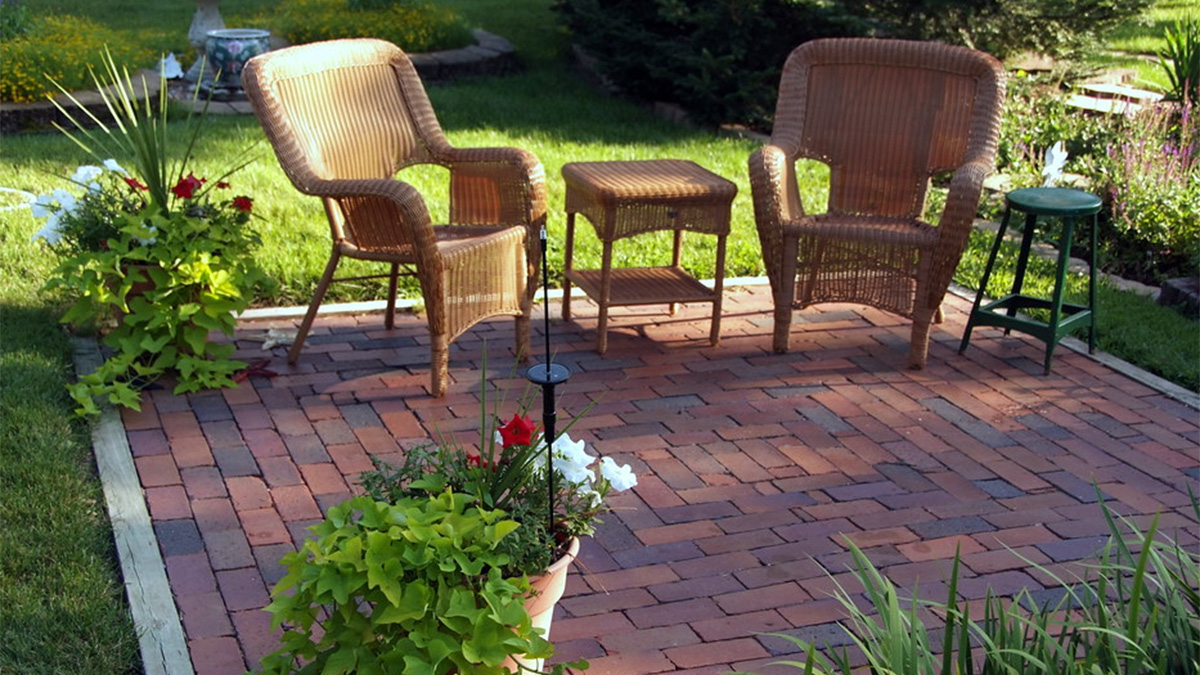Creating a Stunning Garden When Budget is Limited

Creating a beautiful garden doesn’t require a big budget, just a little creativity, planning, and patience. With thoughtful choices and some DIY spirit, you can turn any outdoor space into a lush, welcoming retreat without overspending. This guide shares practical, low-cost ideas to help you grow a stunning garden, no matter your budget.
Start with a plan
Before buying a single plant or tool, take time to assess your space and light conditions. Knowing where the sun falls and how water moves through your garden helps avoid wasted effort and money. A simple sketch or layout, even on paper, can guide your decisions and help you stay focused.
Prioritize your garden’s purpose. Whether you want fresh food, pollinator habitat, or a relaxing retreat, narrowing your focus helps make smarter choices. Choosing a theme or style that suits your space also prevents costly mismatches down the line.
Use what you already have
Many of the best garden features come from repurposing items you already own. Old buckets, broken terracotta pots, or even wooden crates can be turned into rustic containers. Reusing materials not only saves money but also gives your garden character.
Plants you already have can be divided and spread throughout the space. Many perennials respond well to division, offering free new plants each season. Kitchen scraps and yard waste can also be composted, producing nutrient-rich soil without spending extra.
Grow from seed instead of buying plants
Starting plants from seed is one of the most budget-friendly ways to fill your garden. Seed packets cost far less than nursery plants and usually contain enough for multiple seasons. With a little patience and care, you can grow dozens of healthy plants for the price of one.
Choose easy-to-grow seeds like zinnias, marigolds, lettuce, or radishes to build confidence and results. Starting seeds indoors using recycled containers like egg cartons can cut setup costs even further. Direct sowing outdoors in suitable conditions is also simple and effective.
Shop smart for plants and supplies
Plant swaps and community sales are great places to find low-cost or free plants. These events are also perfect for meeting fellow gardeners who might offer cuttings or divisions. Clearance racks at nurseries can be goldmines for healthy plants that just need a little care.
Buying bare-root perennials or plugs can reduce costs compared to full-grown plants. These options establish quickly and provide long-term value. Friends and neighbors with mature gardens are often happy to share extras, especially when you’re just getting started.
Focus on perennials and self-seeding plants
Investing in perennials saves money over time since they return year after year. Plants like echinacea, yarrow, and coreopsis are hardy and low-maintenance, requiring minimal input once established. With each passing season, they fill out and require less from you.
Annuals like calendula and cosmos often self-seed, returning the following year without replanting. These plants offer beauty and ecological value at little ongoing cost. Blending short-lived flowers with dependable perennials creates balance and continuity in your garden.
Embrace DIY garden features
Raised beds, trellises, and decorative accents don’t have to come from the store. With basic tools and reclaimed wood or pallets, you can build structures that suit your space and style. DIY projects also offer flexibility in sizing and layout that pre-made options don’t.
Garden edging can be made from bricks, stones, or even glass bottles. Vertical planters using stacked crates or hanging pockets save space and money. Creating your own features adds personality while keeping costs low.
Mulch and compost for free
Mulching helps retain moisture, suppress weeds, and regulate soil temperature. Many tree trimming services offer free wood chips, and some municipalities provide mulch for residents. Grass clippings, shredded leaves, and straw are also effective and often free.
Composting kitchen and yard waste reduces trash and enriches your garden. A simple bin or pile is all you need to start, and over time, you’ll create rich, fertile soil. Homemade compost cuts back on the need for store-bought fertilizers and soil conditioners.
Water wisely to save money
Collecting rainwater in barrels or buckets is a simple way to lower your water bill. Many municipalities offer rain barrel programs at discounted rates. Using greywater from rinsing produce or leftover drinking water is another small but effective habit.
Group plants with similar watering needs to avoid waste and keep your garden more efficient. Mulching and watering early in the day also help reduce evaporation. A basic drip system made from recycled bottles can deliver moisture right to the roots.
Prioritize impact areas
Focusing your efforts on the most visible or used parts of the garden gives a better return on your time and money. Entryways, seating areas, or paths benefit from a few well-placed plants or containers. These areas often shape the overall impression of your space.
Planting in bold clusters rather than spreading too thin creates a fuller, more intentional look. Repetition of color or shape in key zones enhances design without increasing cost. A few standout plants or decorative elements can elevate an entire section.
Keep it simple and let it grow
Starting small helps you stay within budget and avoid feeling overwhelmed. Add plants and features gradually, allowing time to learn what works best in your space. Letting plants mature and fill in naturally saves money and effort in the long run.
As your garden grows, you’ll discover opportunities to expand, adjust, or refine your design. A slow and steady approach allows you to build something meaningful and enduring. Even on a limited budget, it’s possible to create a beautiful, thriving garden by thinking creatively and working with what you have.
Conclusion
A stunning garden is within reach, even on the tightest budget. By making the most of what you already have, starting small, and using a bit of creativity, you can build a space that brings joy and beauty year after year. With each season, your garden will grow, along with your confidence as a resourceful, savvy gardener.
